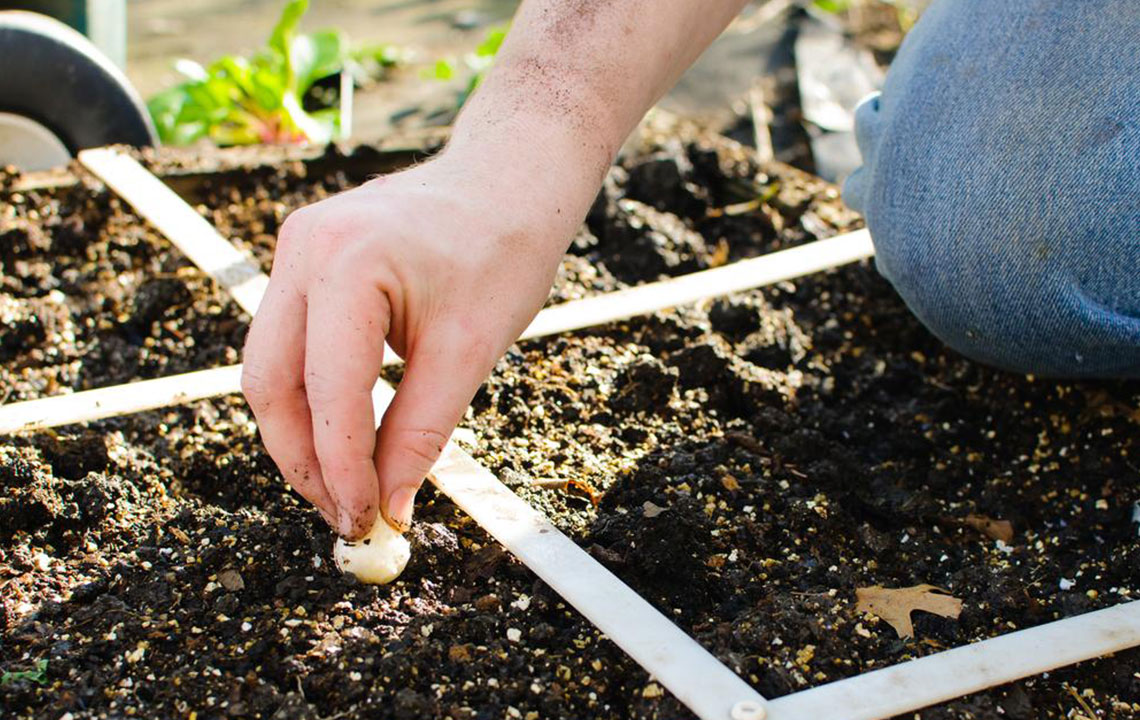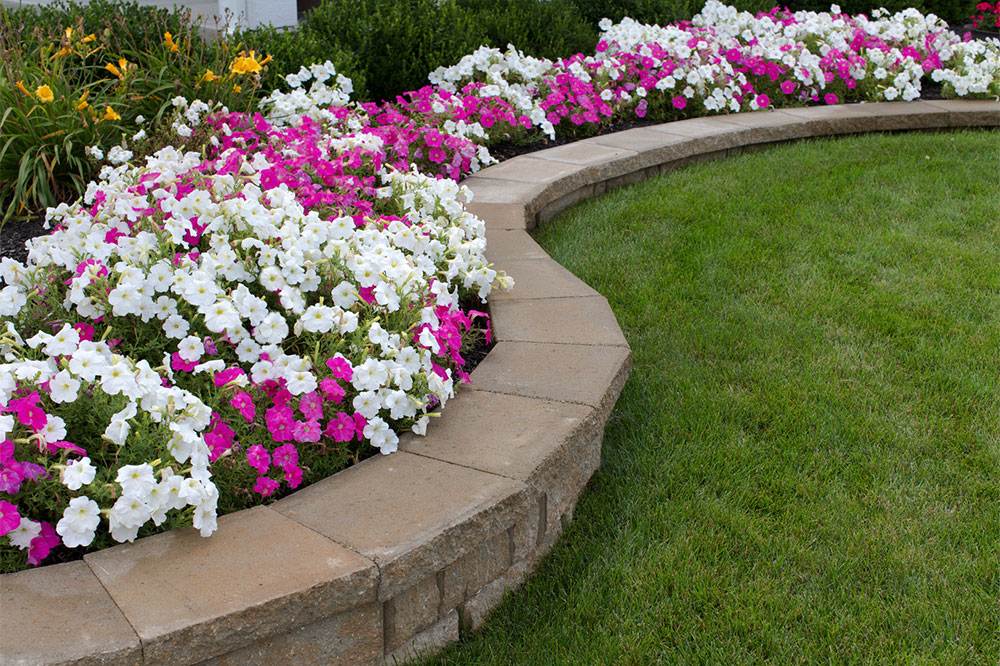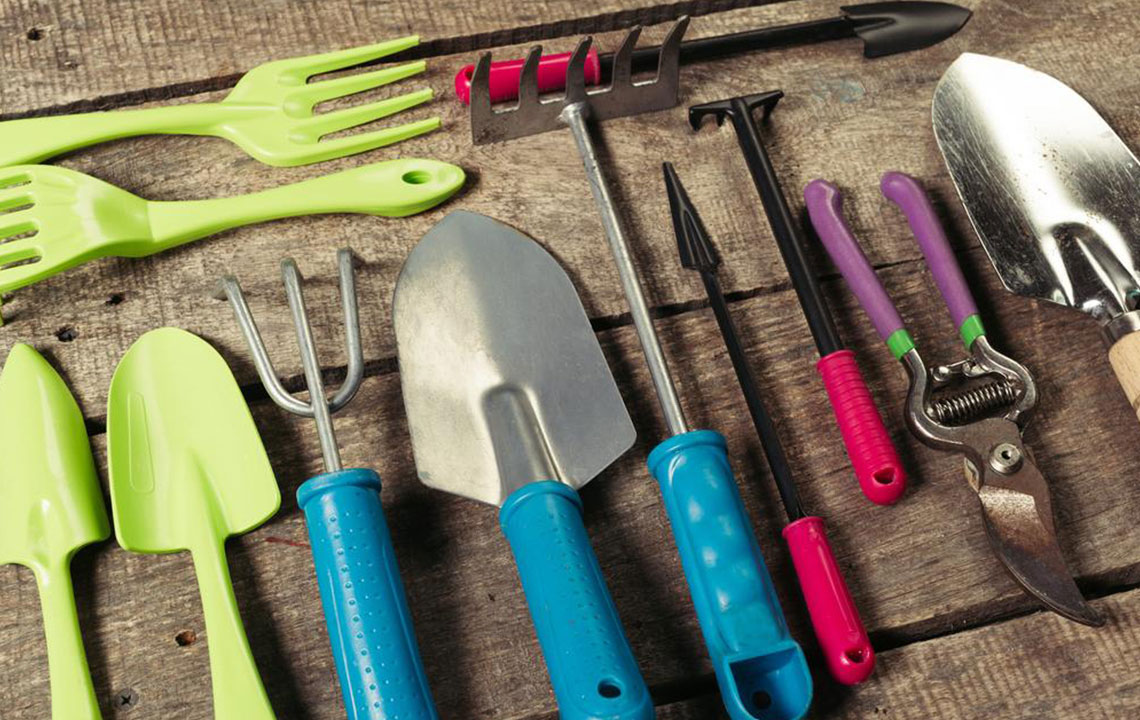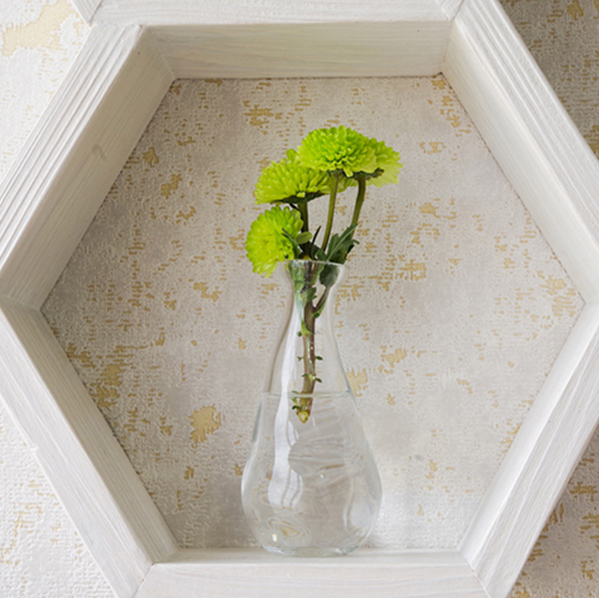Guide to Crafting a Wooden Flower Bed
Learn how to create attractive and functional wooden planters with this step-by-step guide. Suitable for indoor and outdoor gardening, the article covers materials, construction, placement, and maintenance tips to help you grow flowers, vegetables, and greens with ease. Personalize your garden space and enjoy fresh produce or vibrant blooms all year long by building your own wooden flower beds efficiently and safely.
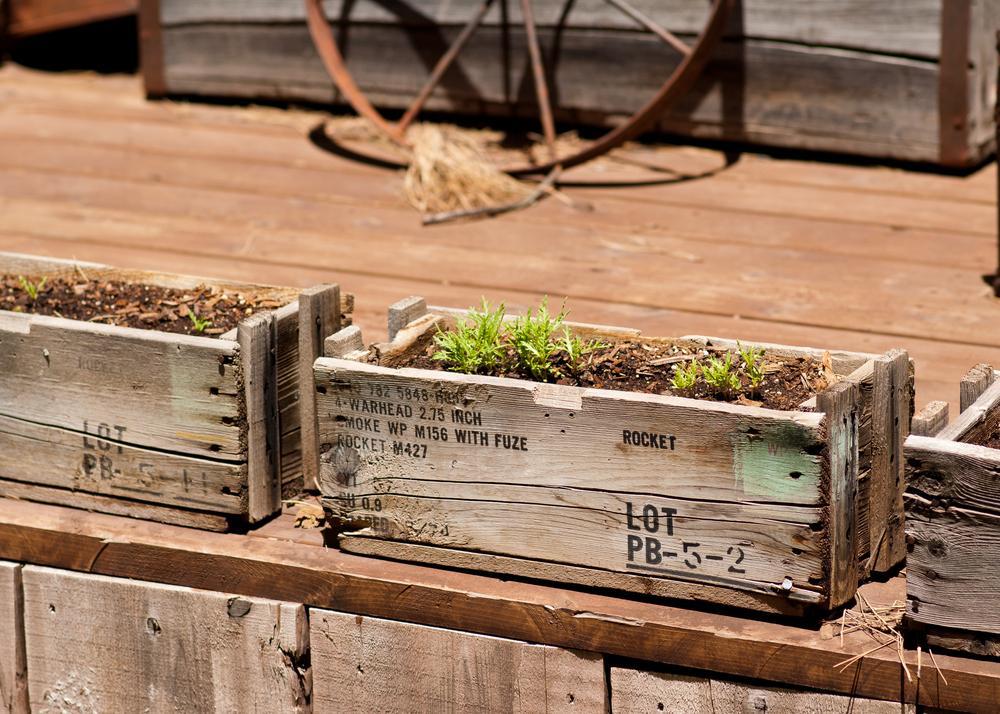
Guide to Crafting a Wooden Flower Bed
Creating a wooden flower bed is an enjoyable and eco-friendly gardening project. No matter the size of your outdoor or indoor space, thoughtful planning allows you to make the most of it and cultivate a variety of plants, from vegetables to ornamental flowers. Wooden planters provide a charming and practical solution for compact gardening. Here's a step-by-step guide to help you build your own stylish wooden flower bed.
Step 1: Determine the size
Use a measuring tape to assess your available space. Decide how many planters you want and their dimensions accordingly. Narrow, rectangular planters are ideal for windowsills and small balconies, while larger ones suit outdoor gardens.
For outdoor gardens, opt for wider planters.
Step 2: Prepare the wood
If planting edible crops, choose untreated wood to prevent chemicals leaching into the soil. Cedarwood is popular for its durability and ease of handling. You can purchase pre-cut pieces or buy whole planks to cut yourself based on your dimensions. You'll need four side panels and a larger plank for the base.
Step 3: Make drainage holes
Drilling drainage holes is essential to prevent waterlogging, regardless of the plant type. Drill 3-4 holes around the bottom of the planter to allow excess water to escape.
These holes protect roots from excess moisture damage.
Step 4: Seal the bottom
Cover the drainage holes with a piece of nylon or vinyl sheet before fixing the base. Secure it with nails to prevent soil from leaking out and to shield the wood from moisture intrusion.
Step 5: Smooth sharp edges
After construction, inspect for any rough or sharp edges around the outer surface. Sand these areas to avoid cuts or injuries. Remove protruding nails for safety.
Step 6: Finish with paint or stain
Apply a coat of wood primer or paint for added protection and aesthetics. Feel free to experiment with colors to customize your planter's look. Once dry, your wooden flower bed is ready to fill and use.
Step 7: Position your planter
For balcony or window placement, secure with sturdy brackets that can support the weight. Place a waterproof sheet underneath if positioning on indoor or balcony surfaces. For outdoor gardens, consider embedding the planter into the soil or constructing a raised bed for better stability.
Step 8: Ongoing care
Fill your planter with a balanced mix of soil and compost. Use support poles if needed for taller plants. Since moving a filled planter is challenging, plan your placement carefully. Enjoy blooming flowers and thriving vegetables year-round!
Crafting a wooden planter adds charm to your garden and promotes sustainable growth. Customize your space with multiple planters and enjoy a lush, personalized garden environment.


